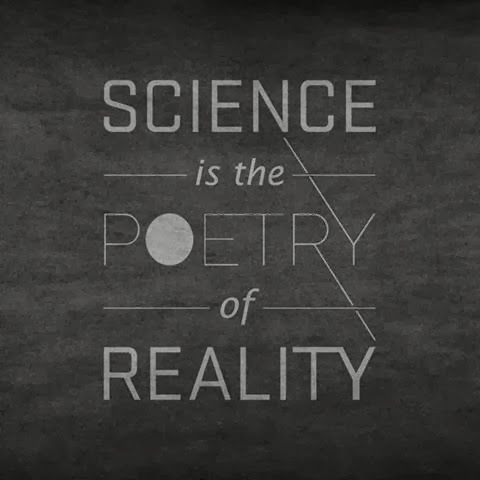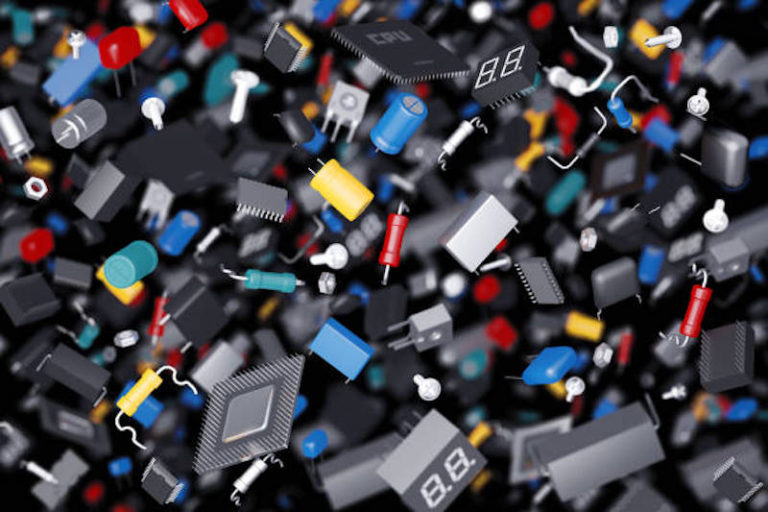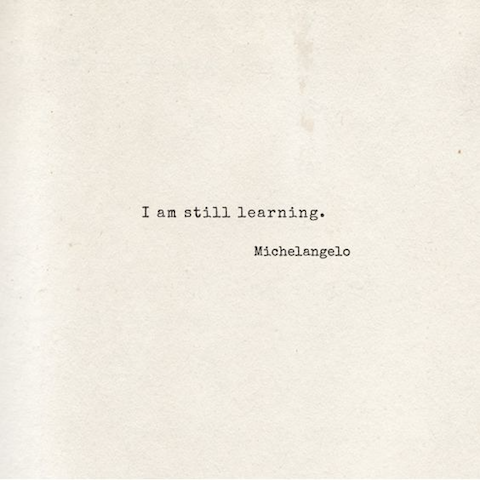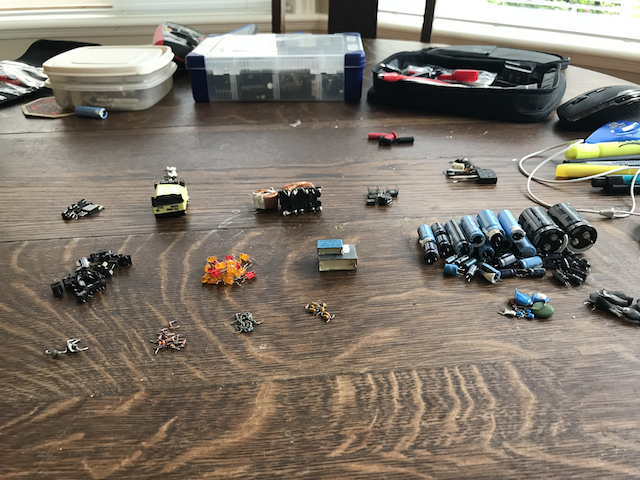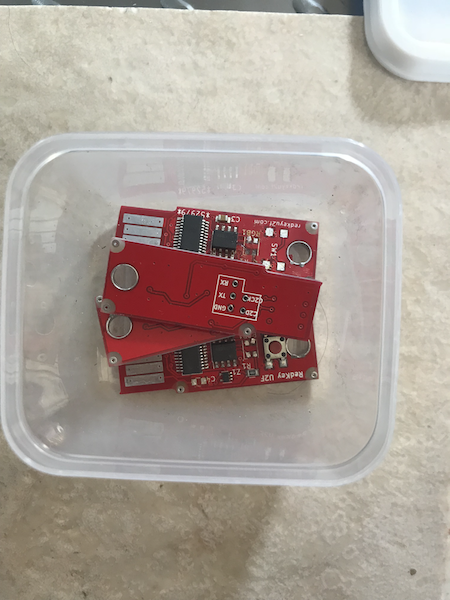Today I attempted to remove the faulty parts from our finished PCBs. This proved to be a lot harder to do without tearing off a pad than expected. Every technique I tried would rip at least 1 pad off of the LED’s spot. The capacitor on the other hand, was smooth sailing every time. To …
Month: July 2018
Daily Update: 7/28/2018
Today I learned all about the computer software, Simplicity Studio. Simplicity Studio is a Silicon Labs product that allows you to program and run tests on circuits or microcontrollers. Here’s the link to download the software (it’s free)- https://www.silabs.com/products/development-tools/software/simplicity-studio-version3 I had some issues getting Simplicity Studio to run in the beginning. First, I didn’t have …
Daily Update: 7/19/2018
The last couple of days we’ve been struggling to figure out what’s causing the voltage overage in our finished PCB. Finally, we found the problem. We got the wrong type of C4 (4.7µF capacitor). We ordered a 0508 size instead of a 0805 size, meaning that the cap doesn’t sit on the pads properly. So, …
Testing Electronic Components
You can test most electronic components to see if they’re working using a multi-meter. Just know the range of your component, the multi-meter setting, and how to use the multi-meter and you’re good to go. Testing Resistors Set multi-meter to Resistance (Ω) Setting Connect multi-meter leads to both ends of component. IF meter reads …
Breadboarding Basics
What is a Breadboard? A breadboard is a device that allows you to connect electronic components and create circuits without soldering. It is a plastic board with lots of tiny holes that allow easy insertion and removal of parts. Usually will come in three sizes: full, half, and mini. Terminology Leads- the long metal legs …
Daily Update: 7/13/18
Today we worked on the continuity problem we’re having with the finished U2F tokens. After much discussion and looking at the token’s wire diagrams, it was decided that we should try taking parts out of the circuit to test the continuity. This meant that I had to learn how to desolder surface mount components- a …
Daily Update: 7/12/2018
Today I worked with wires! I learned all about wire strippers and tinning wires among other things. To program our U2F tokens, we got a universal programmer kit- unfortunately we couldn’t find a small enough wire to make the pin connections. What we needed was half the size of a normal pin connector! After sifting …
Intro to Electronics- Recognizing Components
Definitions: Multimeter- a device used to measure voltage, current, or resistance. Voltage- a measurement of the electric field potential to create a current in a conductor. Current- a measurement of how much charge moves through a circuit during a specific period of time. Resistance- how freely electrons can flow through materials because of a voltage …
Security Token Research- the Good, the Bad, and the Ugly
In May, we decided to figure out the world of online security and try to build our own second-factor authentication token. I started learning anything and everything I thought could help me in this quest, and thus, decided to look into what’s already on the market. I decided to look on Amazon, and document the …
Reflow Ovens (or Toaster Ovens?)
Overview: For surface mount soldering you can use a variety of tools. Anything from a heat gun to an oven will work. Many people invest in their own reflow ovens (yes, you CAN buy an already set up reflow oven!) or a new toaster oven. What did we do? We bought a $5 used toaster …
